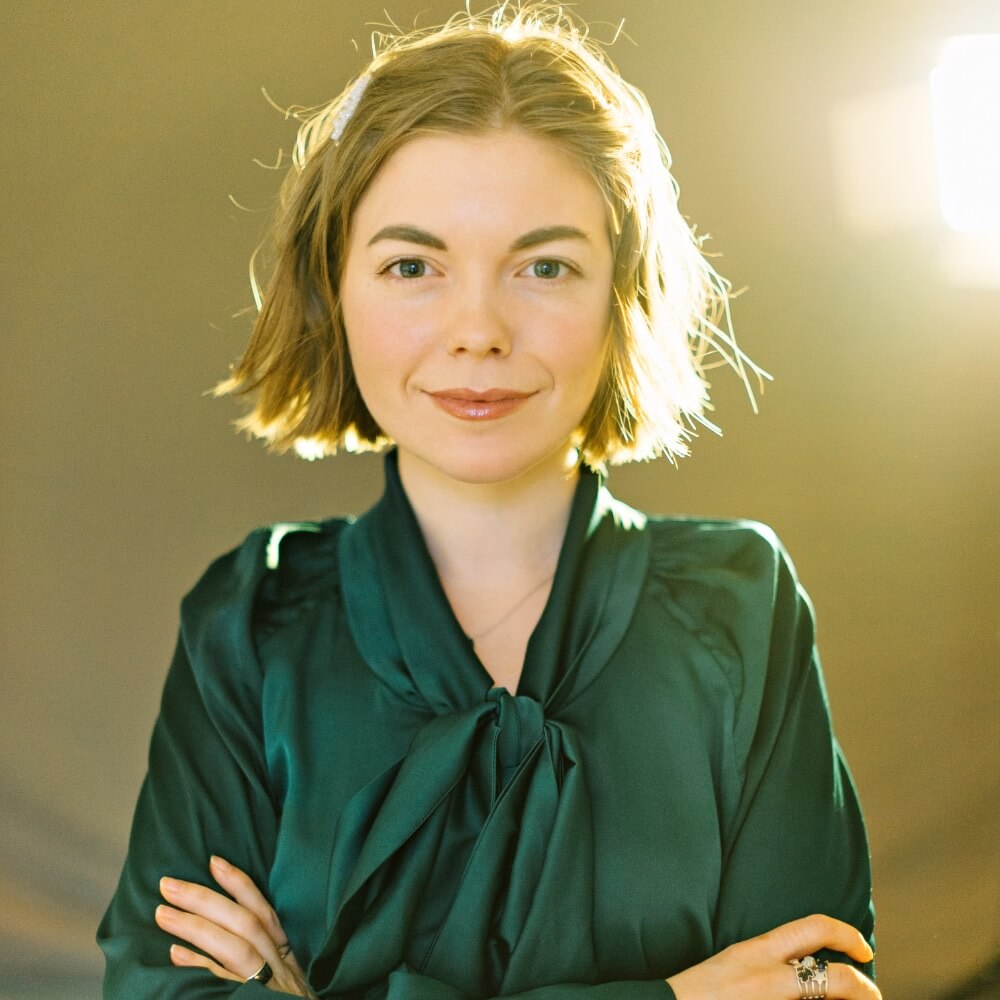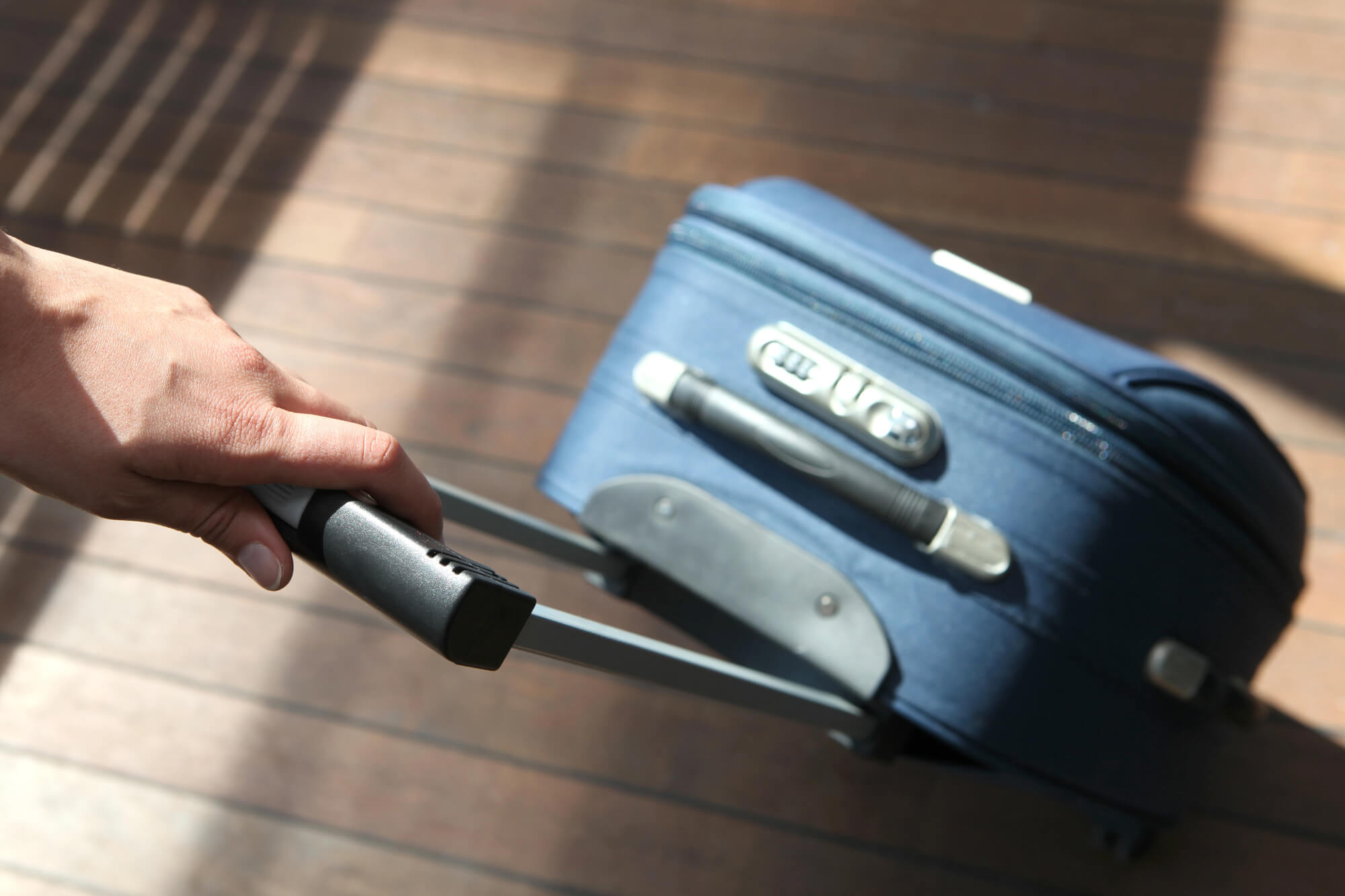We are publishing a review of the conversation with Hanna Novosad, the co-founder of the SavED Foundation, former Minister of Education of Ukraine and MP, discussing the current academic year, the restoration and funding of schools, and access to education in the frontline regions in “What’s Up with the Economy” podcast aired on Hromadske Radio and all streaming platforms.
You can listen to the full conversation at the following link
Hosts: Yuliia Mincheva, Vox Ukraine, and Yurii Haidai, Center for Economic Strategy
About the beginning of this academic year
Already, for the fourth academic year, we have started in a situation of certain chaos and disorganization in the educational process due to external circumstances.
The biggest problem is access to education, especially offline education. As evident from the personal experiences of parents and students, as well as research conducted after COVID-19, online learning is not the best format for teaching. In such a format, many elements of the educational process are lost, especially for elementary school children who cannot effectively learn online due to their age. Yet, it’s already the fourth year for us that a huge number of students have to learn online.
According to the official data published by the Ministry of Education at the beginning of September, nearly one million students are learning entirely remotely since the start of this academic year, and one million one hundred eighty thousand are on blended learning. More than two million students, i.e., more than half of those enrolled in Ukrainian schools this year, are studying online. This will have long-term consequences.
Furthermore, unlike the pandemic era, the situation with access to education varies significantly by region due to the ongoing war. The possibilities for organizing education, for example, in the liberated Chernihiv region, differ from the possibilities in communities in the Kharkiv or Mykolaiv regions. Each area has its own specifics and ways to support such communities.
Therefore, when the war ends, it will be very challenging for us to “bring everyone together” in terms of recovering from educational losses.
About various decisions in education and the activities of the SavED Foundation
It is essential to seek solutions tailored to different regions. For example, in the Chernihiv region, border communities are not as heavily and frequently shelled as in the Kharkiv region. However, offline education is still prohibited within a 20-kilometer zone from the border. The only option there is to set up educational spaces in shelters so that children can receive an education, at least in this way. In some communities, like Mykhailo-Kotsiubynske in the Chernihiv region, it’s possible to start restoring educational institutions. We’re doing it, and United24 is doing it by raising funds for restoring the Mykhailo-Kotsiubynske Lyceum. The Kyiv region is also one of our priority areas because it has fairly good counter-air defense. In my opinion, it’s much easier, including from a security standpoint, to fully restore educational institutions here, and this process is already underway.
In the Mykolaiv region, the situation has its own specifics. Some districts, like Ochakiv, experience heavy shelling, and there is no consideration for resuming offline education in such areas. In liberated communities, the scale of educational infrastructure destruction is three times greater than what we’ve seen in the Kyiv and Chernihiv regions. Essentially, each liberated community either lacks any educational infrastructure or is severely damaged. In these cases, we’re implementing various relatively quick solutions. In some places, we’re converting any surviving municipal buildings that local authorities allow us to use into temporary schools. For example, community centers are being repurposed, as seen in Bereznehuvate and Chervona Dolyna. In the village of Pervomaiske near Mykolaiv, we were able to create a small temporary school within one wing of a clinic.
Another approach, similar to what we’re doing in the Chernihiv region, involves converting shelters. We aim to make these spaces suitable for continuing education, not just seeking refuge during alarms. So, these shelters are equipped with proper ventilation, lighting, sanitary facilities, and not just buckets. They have everything needed for students to be able to learn underground. Starting in January, together with our American partners (IREX and USAID), we will begin implementing a third approach; I’m talking about modular schools. The first ten large modular schools will provide quality solutions for communities like Bereznehuvate, Chervona Dolyna, and Shyroke in the Mykolaiv region.
In the Kharkiv region, especially in communities that are occasionally shelled, our primary focus is on establishing what are known as digital educational centers. We are implementing these centers in all the regions where we operate, but we pay special attention to them in this region. These are equipped educational spaces where children can come when there’s no alarm, and they have access to computers and the internet, as well as organized after-school activities and tutoring. Because, as a rule, after the Russian, children are left with nothing.
About the quality of education
We are currently in a situation where it’s important to somehow maintain the status quo. The level of accessibility and quality of education that we had before the full-scale invasion may, at some point, seem excellent compared to what we have now and what we may have in the coming years. Until February 24th of the previous year, the only reliable tool that helped us assess the quality of school education in Ukraine was the International Comparative Study PISA. We participated in it for the first time in 2018, and the next PISA study will be released this December. As of 2018-2019, we did not see a significant decline compared to the OECD country average. Therefore, it cannot be said that we had a very low-quality school education.
We did indeed face challenges with specific competencies, particularly in areas like mathematics. The 2018 PISA study showed that 36% of Ukrainian 15-year-olds lacked basic mathematical competencies. They couldn’t, for example, work with fractions and percentages. However, our natural science and reading competencies were not as poor in comparison to the OECD average. Of course, we didn’t reach the level of leaders like Finland, Korea, or Singapore. However, in the group within which we were compared (if I’m correct, it included Slovakia, Estonia, Belarus, and Georgia), we were not among the outsiders.
The full-scale war will undoubtedly bring about significant changes. We conducted the new PISA tests last spring, already during the war. Perhaps we’re the only country that did so. However, I believe that the educational losses were not yet so noticeable at that time. Therefore, we’ll only see the initial trends, not the full negative impact of the war. By the way, I heard from my colleagues at the Ministry that the mathematical competence of our students continues to decline rapidly.
About education funding in times of war and spending effectiveness
Previously, education expenditures were relatively high in Ukraine, nearly 5% of GDP, which was slightly above the OECD average. The Education Law sets them at 7%, but I believe this is somewhat of a populist figure, as it doesn’t necessarily guarantee adequate funding. Why did we have such large expenditures? And why, despite this, did we never have enough? It primarily has to do with the education network. There are typically around 15 students per teacher in OECD countries, while in Ukraine, it was lower (9.7 in 2021). This results from an inefficient education network, which, in turn, is influenced by Ukraine’s geography and demographics. Regions like Chernihiv, Sumy, and Kherson had low population density even before the war. Consequently, schools were spread far apart, and there was a need for a school in each village.
As the Minister, I visited a borderline village in the Chernihiv region. There was only one student in the 11th grade there. As a result, the cost of his education exceeded 100,000 hryvnias per year. For comparison, at that time, the average cost of preparing a student in Kyiv was 12,000 hryvnias per year because there were significantly more students in each class. However, it’s more important to talk about quality rather than cost. In such conditions, it’s impossible to provide a quality education for this 11th grader.
But to establish a central or larger secondary school to which students will be transported, you need to arrange all the infrastructure: roads, buses, and possibly accommodation for some children. This also costs money. Therefore, I’m not sure we’ll end up with a smaller sum as a result.
Given the wartime conditions and limited resources, I believe the government could introduce clear criteria for funding educational institutions. In the past, when I was in the government, we attempted to include requirements for school occupancy rates in the allocation of educational subsidies. However, it then led to a scandal and resistance within the government, so unfortunately, we had to remove that provision.
I think that now we need to revisit very unpopular decisions. However, before closing a school, we (the state and the community) must come up with a plan for how students would commute to another village or town or possibly reside there if they are high school students.
Attention
The authors do not work for, consult to, own shares in or receive funding from any company or organization that would benefit from this article, and have no relevant affiliations




